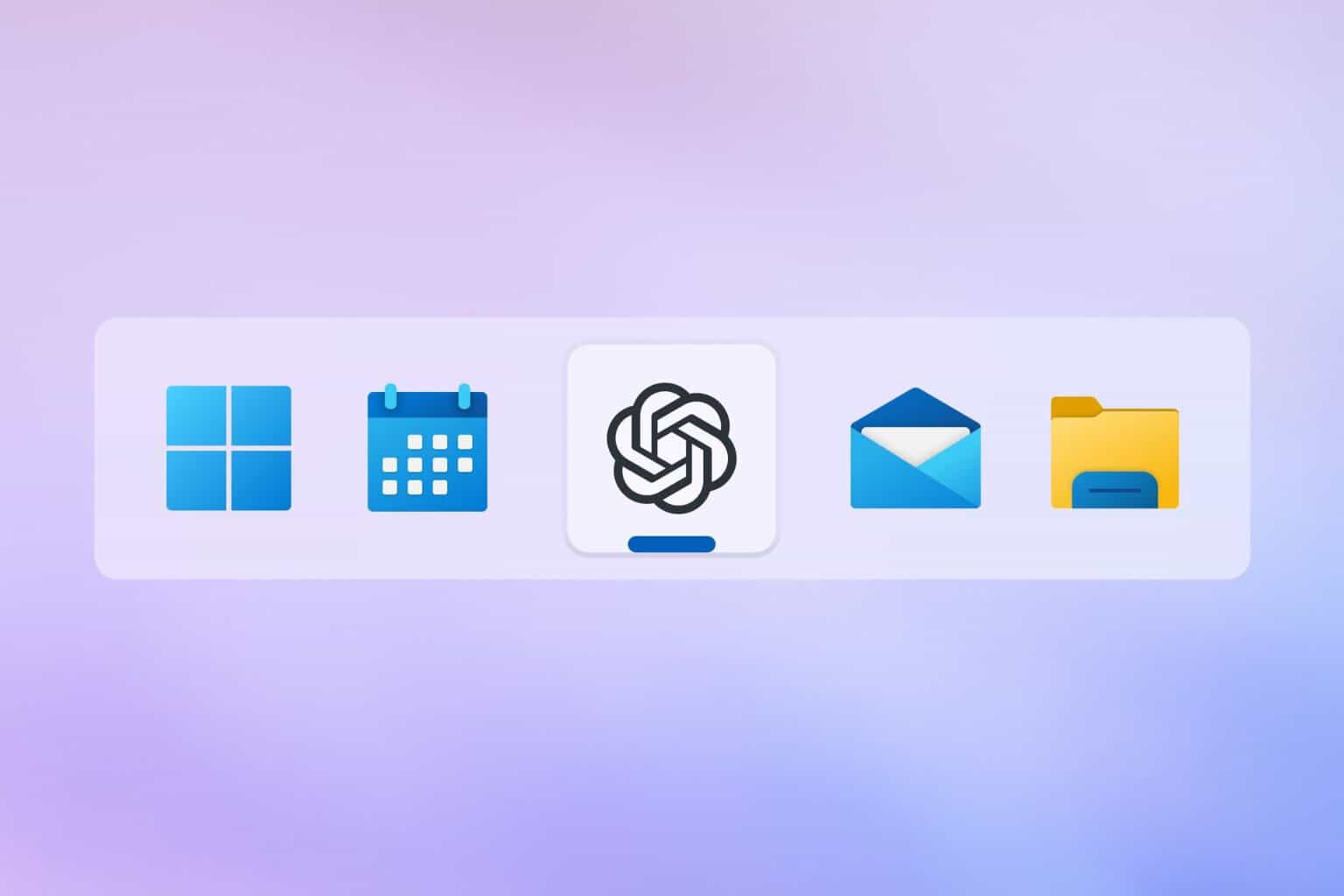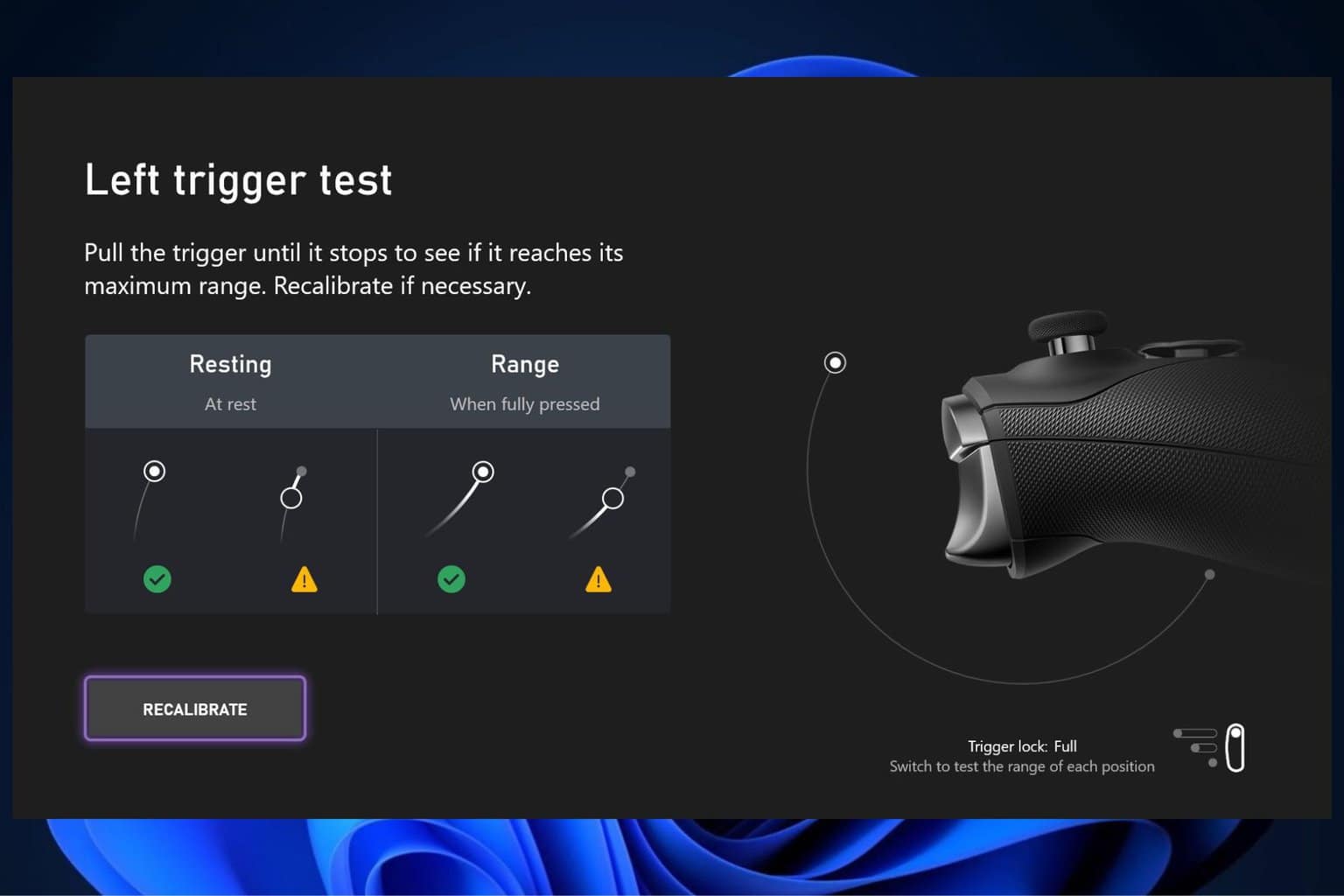Microsoft’s security operations platform offers end-to-end protection
The new unified platform uses AI features for automation
3 min. read
Published on
Read our disclosure page to find out how can you help Windows Report sustain the editorial team. Read more

Microsoft announced it will release a public preview of its unified security operations platform. It has three functionalities: Cloud-Native security information and event Management (SEIM), extended detection and response (XDR), and generative AI for security. Together, they offer a single platform featuring most of your security needs.
In addition, the unified security operations platform lets you prevent attacks, detect threats, and respond to incidents. Also, security analysts can perform threat hunting and investigations with the AI for security features. On top of that, the unified exposure management feature provides end-to-end visibility of assets and cyberattack paths.
What are the requirements to join the public preview?
The company decided to extend access to the public preview of the security operations platform. Thus, more organizations and customers could benefit from it. However, to be eligible to try it, you need a single Microsoft Sentinel workspace and one Defender XDR workload deployed.
By joining the public preview, you will benefit from real-world security features. Also, you can use an existing Microsoft Sentinel workspace with Azure. On top of that, you can use the Microsoft Copilot for Security directly within the Defender portal.
The unified security operations platform enhances Security Operations Centers
The existing Security Operations Centers (SOC) are overwhelmed by alerts, signals, and initiatives. Additionally, cybersecurity experts spend a lot of time switching applications, dealing with low-level threats, and manually handling data, so they have less time for advanced tasks. Also, the talent shortage makes it harder for SOC teams to handle their workload.
Most problems emerge because SOC systems lack the proper tools for analyzing threats, understanding attacker tactics, responding to incidents, and centralizing data. That’s why the unified security operations platform represents a possible solution to the SOC problems. With it, you won’t have to switch between security applications anymore, can centralize your data, and use tools to identify advanced threats faster.
SIEM and XDR user benefits
By using the unified security operations platform, both SIEM and XDR users will have some benefits. For example, XDR users have tools to enhance reporting and automation, gather data insights, reduce repetitive tasks, openness to SIEM, and unified threat hunting. Also, the SIEM users can get more value from the platform, enhance threat protection, and increase their work efficiency.
Users can discover, prioritize, and remediate vulnerabilities with the help of the unified security operations platform and Microsoft Security Exposure Management (SEM). In addition, SEM brings benefits, such as comprehensive visibility of potential exposures, a single source of truth, proactive risk management, and attack path modeling.
The unified security operations platform can automate modern cybersecurity. So, it can decrease the response time to defend against cyber attackers. Furthermore, it uses the XDR and AI to stop ongoing attacks. Also, this feature is available just for Microsoft Security. The company claims the security system will stop incoming attacks in three minutes. On top of that, if it senses an attack, the platform can restrict access to a system.
Ultimately, the unified security operations platform from Microsoft can prevent threat attacks, gather all of your data in a place, offer multiple security tools, and enhance and efficientize the workload of cybersecurity experts.
What are your thoughts? Are you going to apply for the preview? Let us know in the comments.








User forum
0 messages